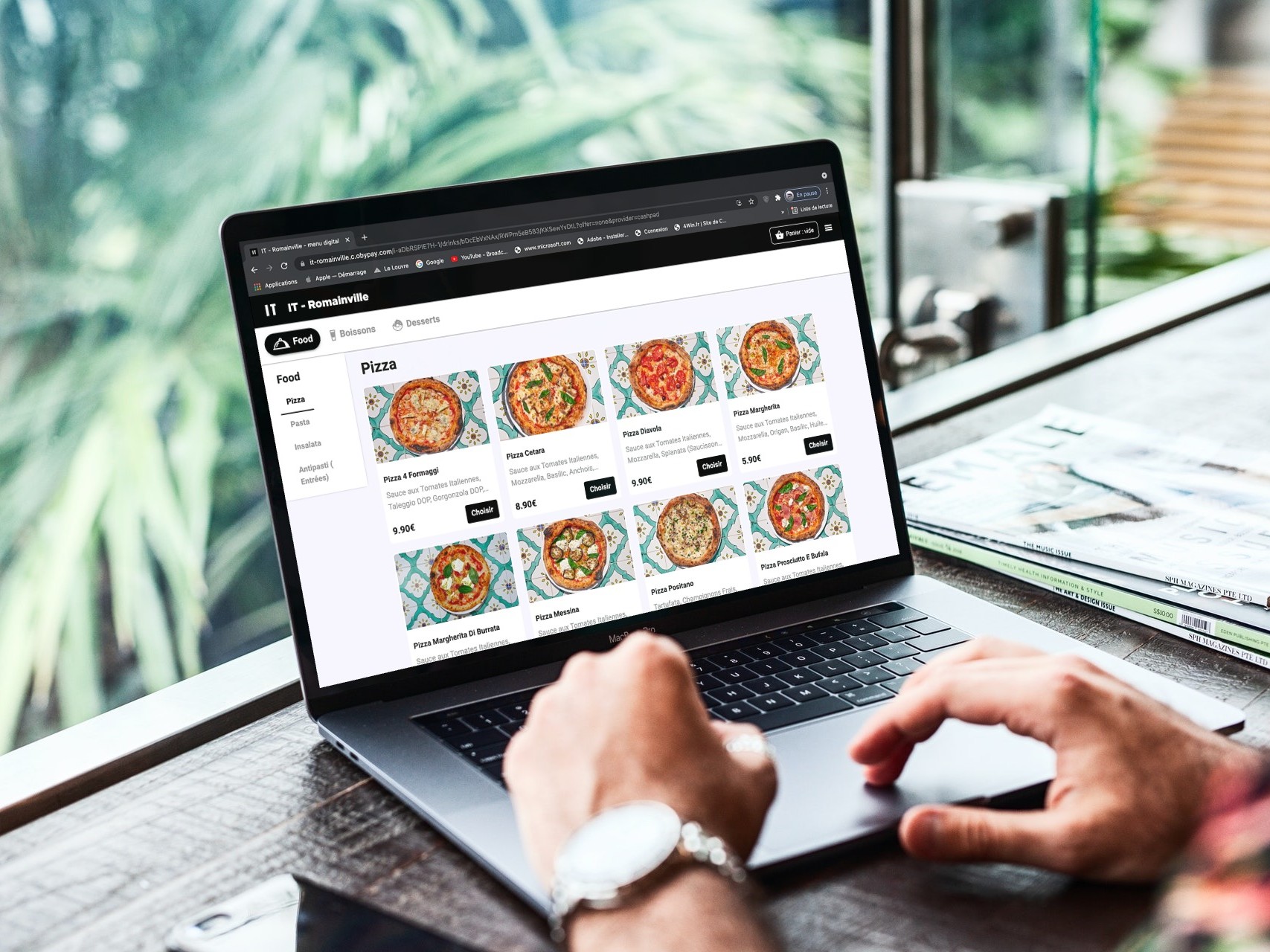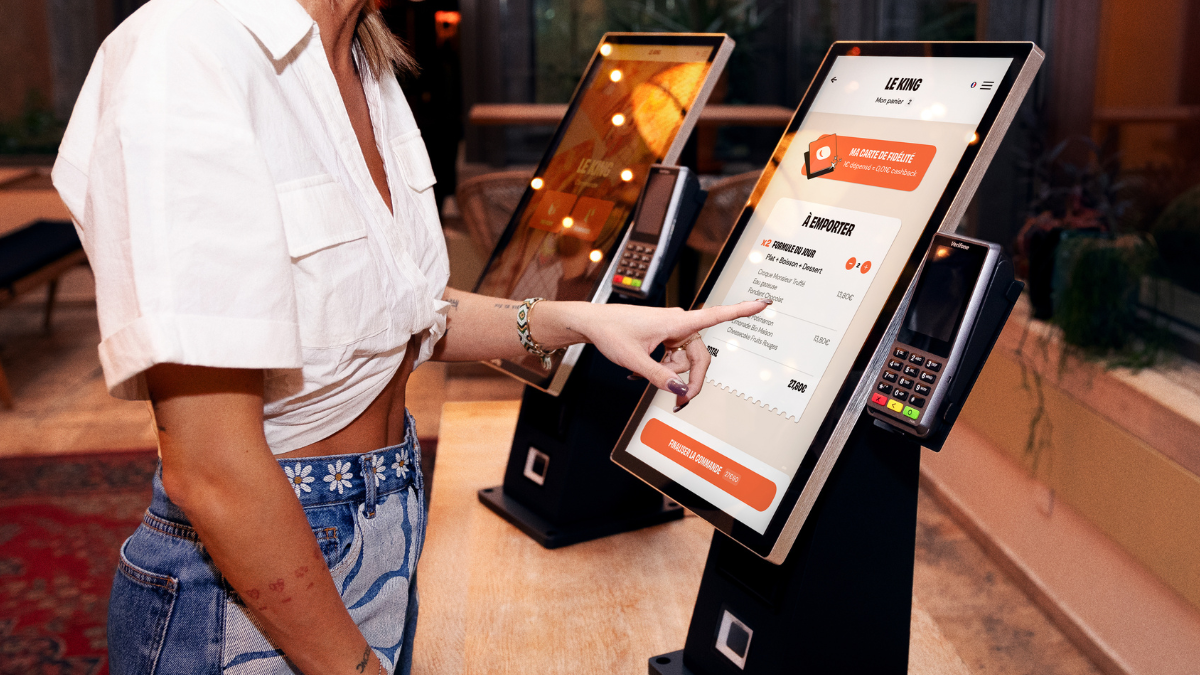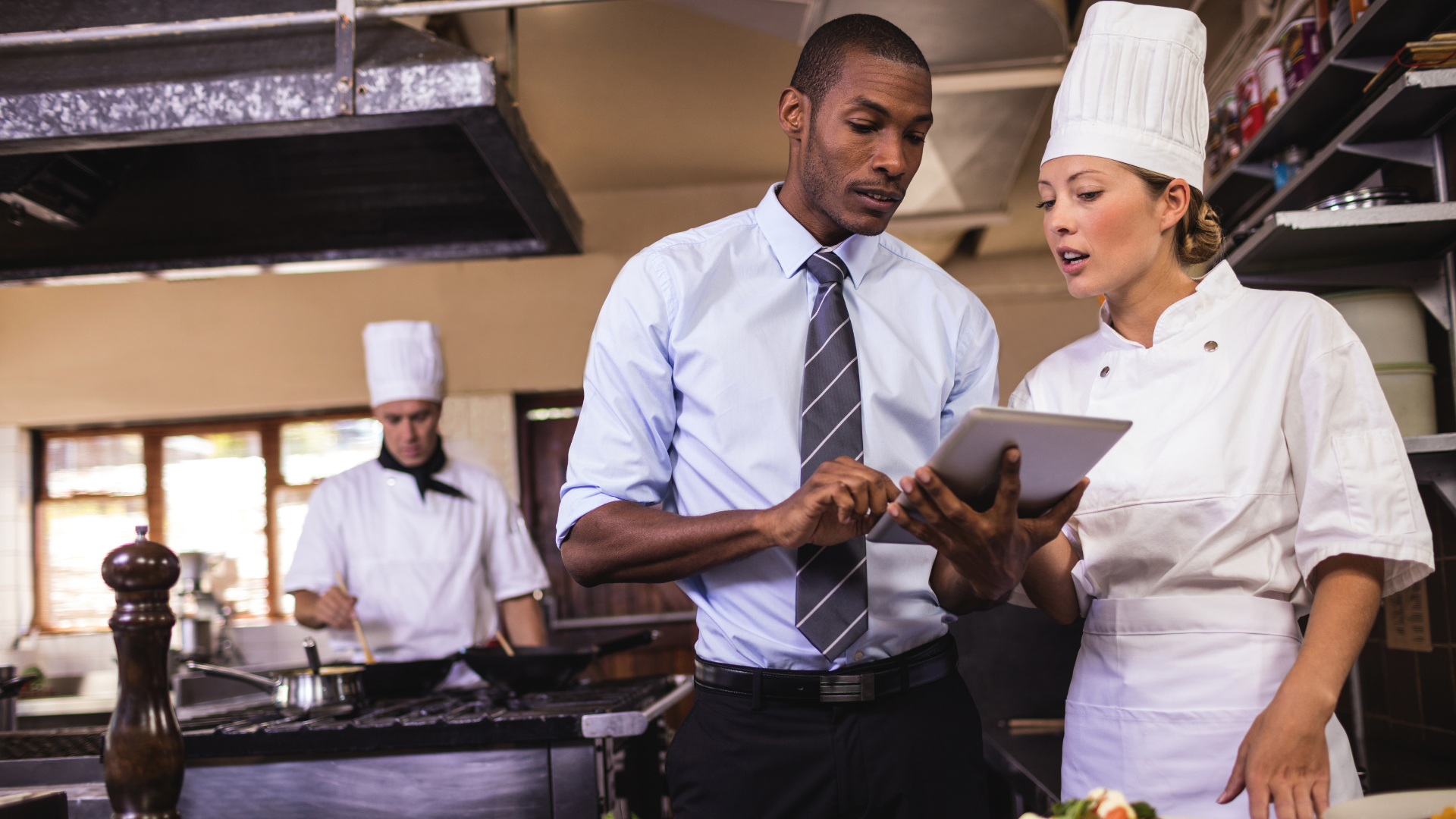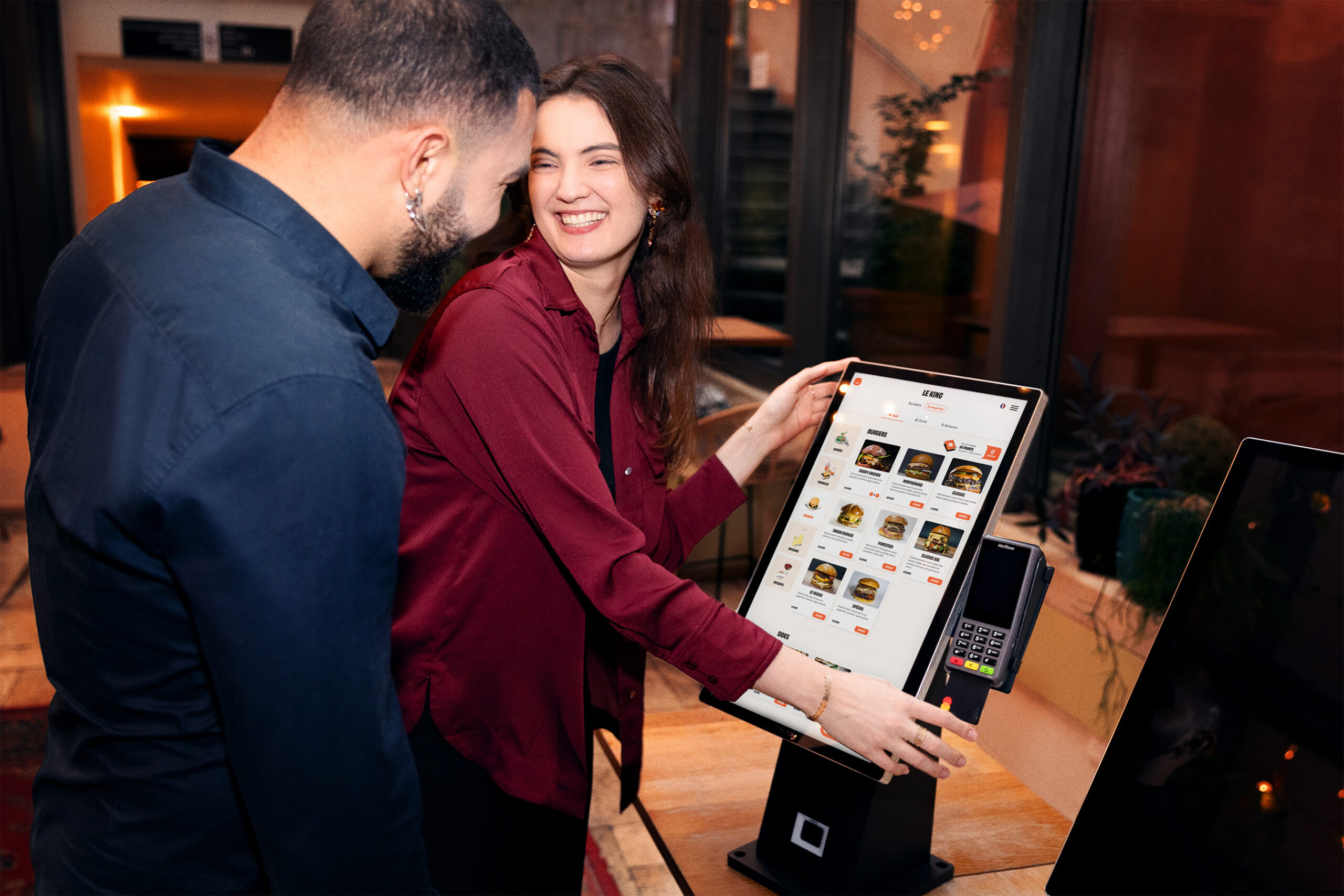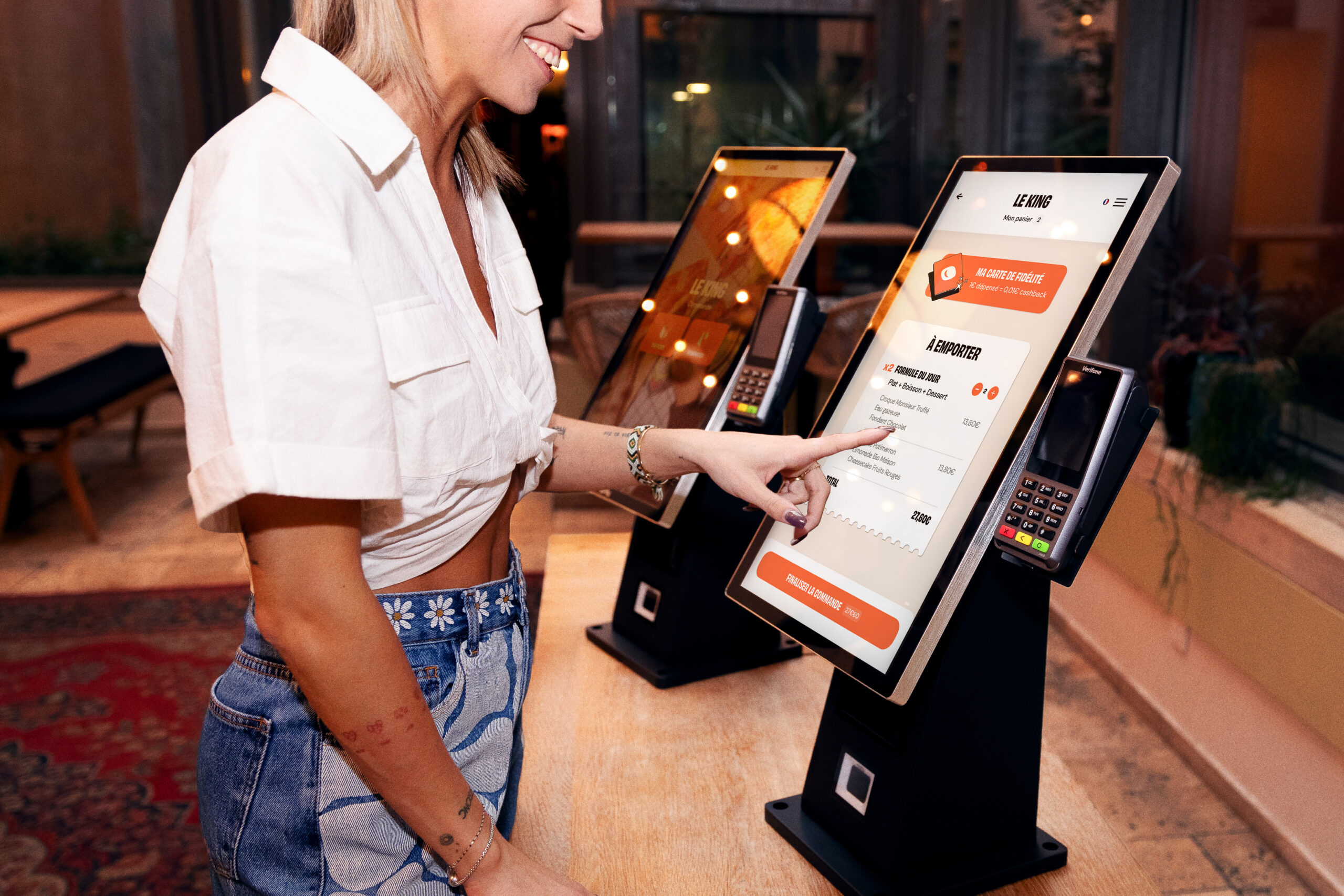Comparison of control terminals vs. conventional control sockets
December 17, 2024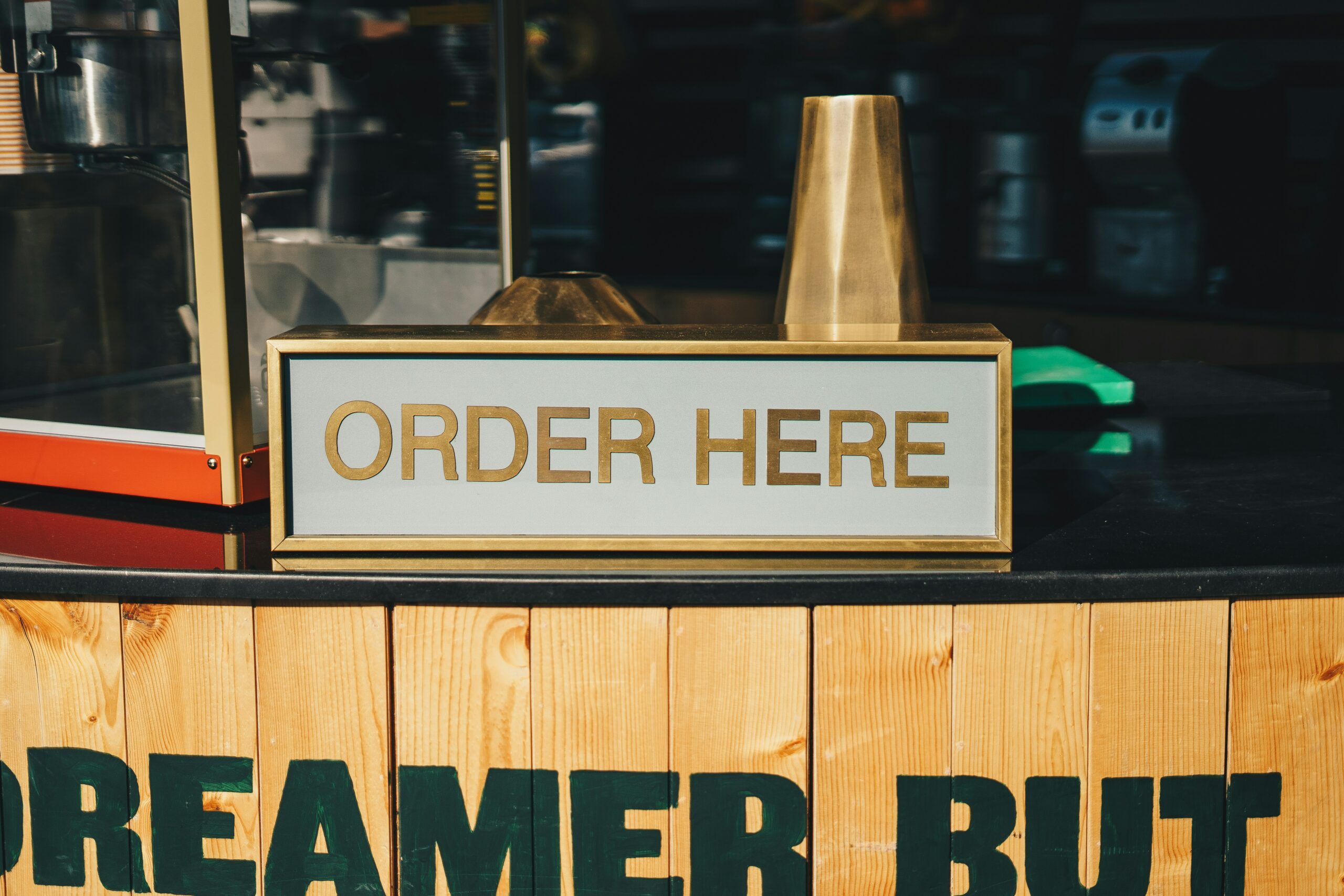
When you think of control terminalsMcDonald's immediately comes to mind, a pioneer in the use of these tools that have transformed the fast-food industry.
In a sector where customer expectations are evolving rapidlythe choice between a conventional control socket and control terminals becomes a strategic issue for restaurateurs.
The former focuses on human contact, while the latter offers speed and autonomy.
Should we oppose these two approaches? Not necessarily. In this article, we take a look at their advantages, their limitations, and how to combine them to achieve the best results. optimize both the customer experience and the efficiency of your facility.
Find out why a hybrid strategy could well be the key to meeting the varied needs of your customers... and the challenges facing your restaurant.
Whether you run a food court, a fast-food chain or a traditional establishment, you'll find practical advice here on how to choose the solution that's right for you.
And if you're still hesitating, stay with us: we'll help you make sense of it all.
Classic order-taking: a tried-and-tested but sometimes limited method
Classic order-taking is what you're familiar with: a waiter or counter clerk taking down the order, with a smile (when all goes well). It works, but not always smoothly.
What we like about traditional order-taking
➜ Human contact Being able to talk to a waiter, ask questions about a dish or ask for a recommendation is a real plus for many customers.
➜ Tailor-made service: Less sauce, special cooking or a wine suggestion? Our teams can adjust the order directly.
➜ A friendly atmosphere : In some restaurants, this interaction creates a welcoming atmosphere that builds customer loyalty.
Limits to keep in mind
➜ Errors : Anyone can make a mistake, especially in a rush. A poorly graded order means disappointment for the customer.
➜ Queues : at peak times, taking an order can quickly turn into patience... or impatience.
➜ Pressure on teams: Handling orders, service and payments all at once can be stressful, especially when the establishment is full.
In short, conventional order-taking remains a pillar of restaurant service, with its undeniable strengths. But it relies heavily on your team and their ability to manage the flow, especially at peak times.
And if you feel that this is becoming a challenge, digital solutions can make things a lot simpler. We tell you all about it, right after.
Order terminals: innovation for customer autonomy
Ordering kiosks have transformed the customer experience in many restaurants, particularly in the fast food.
Their goal? Simplify order-taking while offering customers total autonomy. And the results are in: a smoother experience for customers and higher sales for restaurateurs.
What order kiosks bring to the customer experience
➜ Time-saving No more long queues, especially at peak times. With several kiosks available, customers can place their orders more quickly.
➜ Complete customization For example, removing an ingredient, choosing a supplement or modifying a dish becomes easy and visual. Customers have all the options in front of them.
➜ Total control No need to repeat a request or check that it has been noted. With a kiosk, customers see their order displayed directly.
Benefits for restaurateurs
➜ Better flow management The terminals absorb part of the load, leaving staff to concentrate on other tasks such as room service or preparation.
➜ An increase in the average basket Thanks to the suggestion system (known as "product push"), customers can easily add options or extras they might not otherwise have requested.
➜ Support in the event of staff shortages : in a context where it is increasingly difficult to recruitThe kiosks take the strain off existing teams and reduce the pressure on the service.
➜ Fewer errors everything is automated, so there's no need to worry about misreading or misunderstanding orders.
And what about human contact?
You might think that kiosks would make customer interaction a thing of the past, but that's not the case. They enable teams to be more available to welcome, advise or manage specific requests.
In fact, they simplify repetitive tasks to leave more room for what really matters: customer relations.
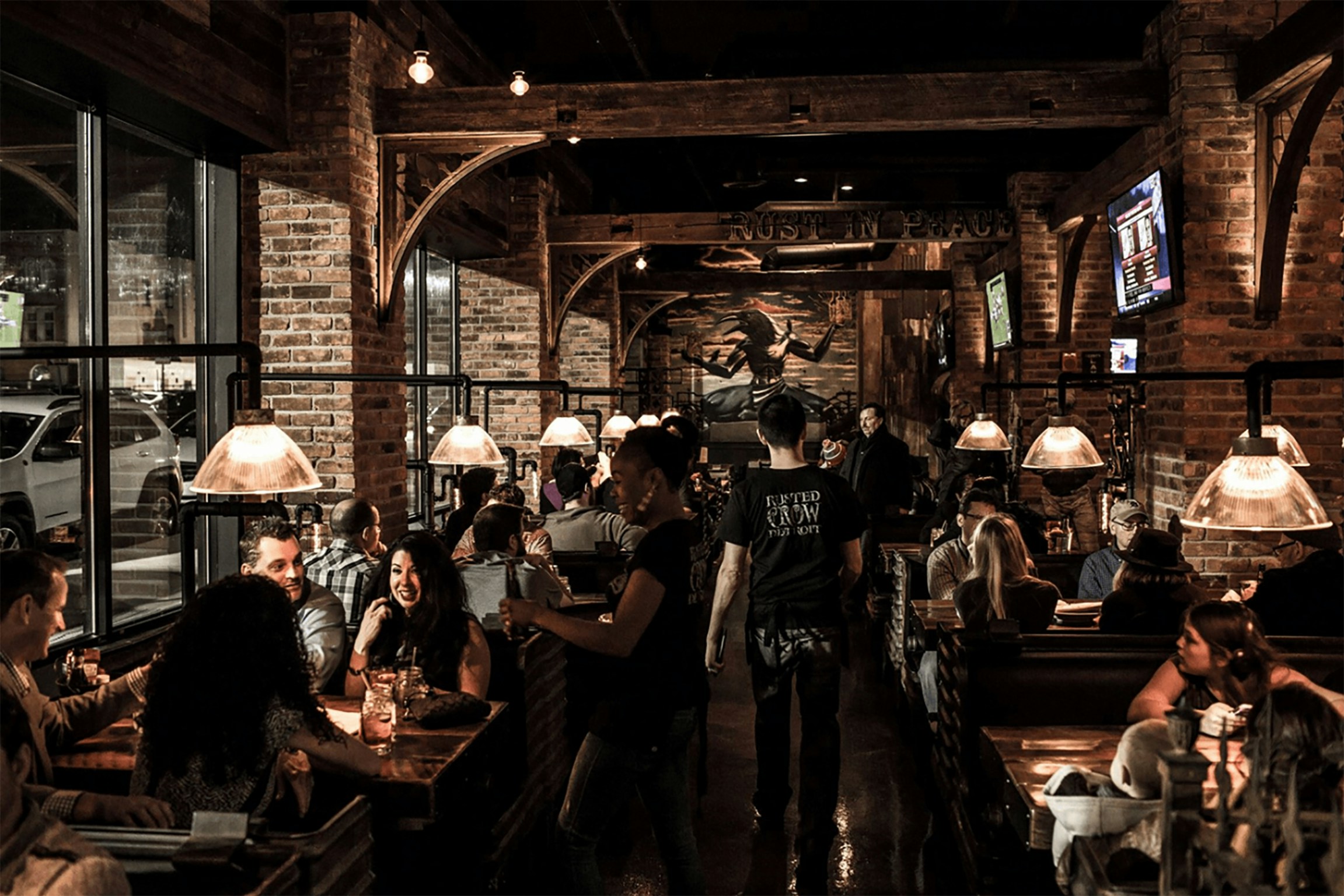
What are the criteria for choosing between an order terminal and a conventional order-taking system?
The choice between a kiosk and a conventional order-taking system depends on a number of factors. Each restaurant has its own specific features, and the aim is to find the right balance between your needs and those of your customers.
Your type of establishment
➜ Fast food The kiosks are ideal for managing a large flow of customers in a short space of time.
➜ Traditional restaurants The classic outlet is still important to maintain a friendly atmosphere, but a kiosk can complement this service, for example for takeaway or quick orders.
➜ Food courts and leisure complexes Here, kiosks become almost indispensable for reducing waiting times and managing peak periods.
Your customer profile
➜ Customers in a hurry : For fast-moving customers (offices, stations, shopping malls), kiosks are a major asset.
➜ Young, technophile customers : They appreciate the autonomy and speed of the terminals.
➜ Older customers or those less comfortable with technology : The classic plug remains reassuring and sometimes necessary. A hybrid approach satisfies everyone.
Your operational objectives
➜ Increase average shopping basket Kiosks, with their automated suggestions, naturally encourage additional sales.
➜ Limit errors : With a kiosk, orders go straight to the kitchen, with no risk of misinterpretation.
Your budget
➜ Initial investment : A kiosk costs money to install and maintain, but can pay for itself in the long term through better management and increased sales.
➜ Financial flexibility : If you're hesitating to take the plunge, options such as leasing can reduce costs.
Choosing between a terminal and a conventional socket isn't a question of choice. all or nothing.
Many restaurateurs opt for a hybrid strategy that combines the advantages of both: terminals for speed and autonomy, and a classic service for human contact.
The winning solution: combine kiosks and conventional order-taking systems
Installing control terminals can be a daunting task. Changing the way a restaurant operates, especially in the middle of a busy business, is never a simple decision. Restaurateurs may fear the adoption of technology by staff or customers, or wonder how to integrate these new practices. without disrupting service.
This is where hybrid strategy becomes a real ally: it enables a smooth transition while rapidly reaping the benefits of the terminals.
✔ Familiarize teams and customers : The kiosks are easy to use, but a novelty for some. With a hybrid approach, our teams have the time to get to grips with this technology, while continuing to offer conventional order-taking. Customers, for their part, can choose their preferred mode and gradually switch to the kiosks as they see how effective they are.
✔ Enjoy the benefits of the terminals right away : even with just a few kiosks installed, the benefits are immediate. During heavy rushes, they absorb part of the flow, reducing queues and lightening the load on staff. The benefits in terms of fluidity can be felt from the very first services.
✔ Reduce concerns about change : A hybrid strategy allows you to take things one step at a time. You can observe what works, adjust if necessary, and reassure your teams that this technology is there to help them, not replace them.
Focus on the winning strategy for your business
There's often a tendency to pit control terminals against the classic socket, as if they were competing for the limelight. Yet they can complement each other perfectly, especially during a transition phase. By combining the two, you find the ideal balance between technology and personalized service to meet your customers' expectations.
At Obypay, we support restaurateurs in this evolution to find the right balance between these two approaches.
Want to talk it over? Our teams are here to answer your questions and help you choose the right solution for your restaurant.
And if you want to know more, check out our other articles to find out everything you need to know about kiosks, how they work, and the benefits they can bring to your business.
➜ Catering: how much does a kiosk cost?
➜ Guide: everything you need to know about ordering kiosks for fast-food outlets









